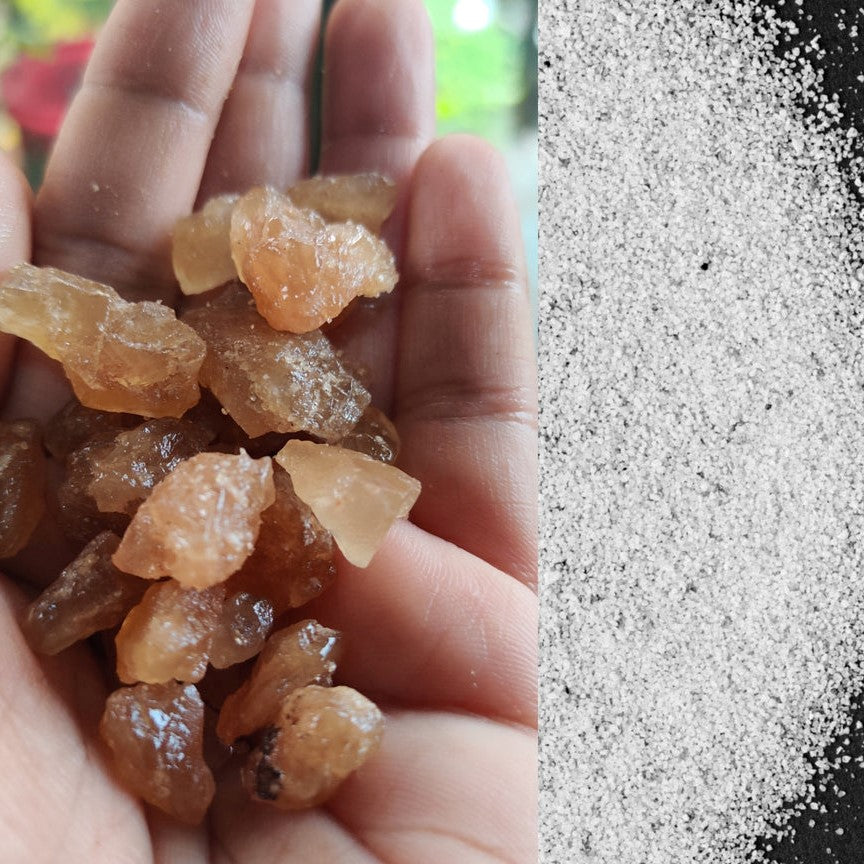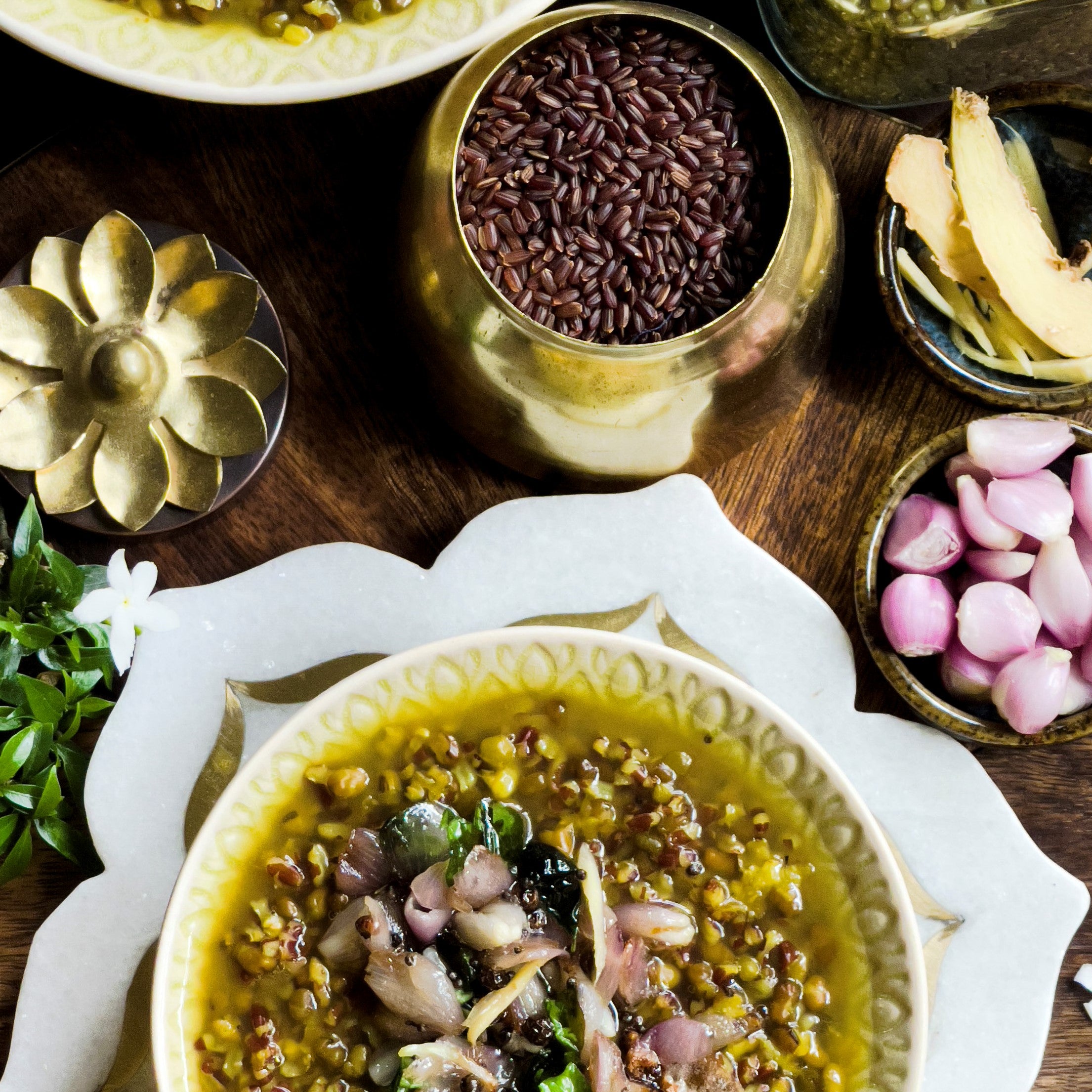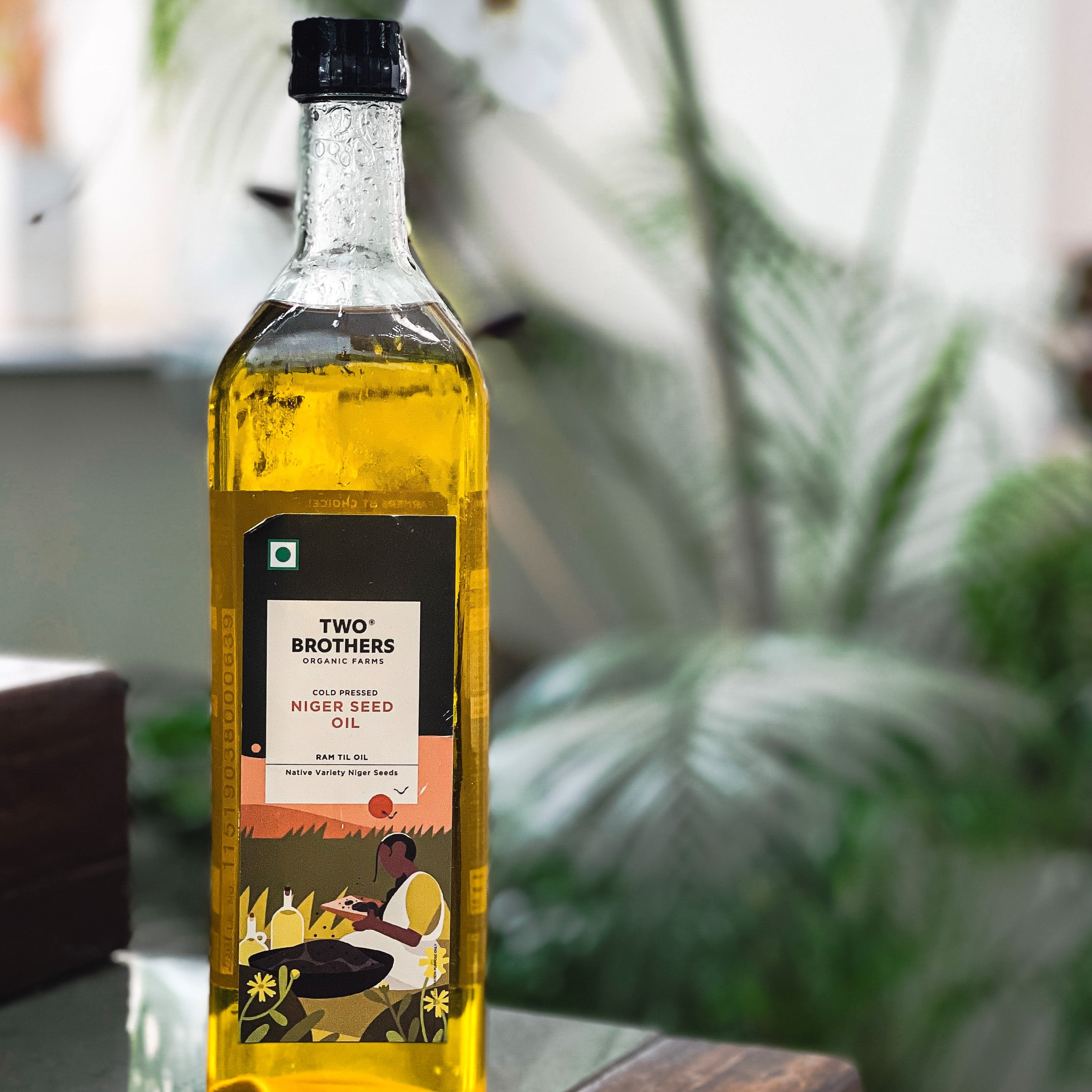There’s a popular informal quote in English which says , “A spoonful of sugar makes the medicine go down." Funnily enough this very same point of view is also mirrored in Ayurvedic medicinal preparations. Often bitter ingredients are balanced with sweet in order for the concoction to go down the hatch in a smooth manner. We human beings have a highly sensitive gag reflex which instinctively tries to repel unpleasant tastes. A little bit of sweet keeps the palate and digestive acids calm and helps in swallowing the herbal medicaments.
Ayurveda as we all know is a specific science which studies the foods in respect to the doshas or the various ills that it sets off in the body. So the ayurvedic medicines are prepared only by trained vaidyas who have studied and intensively researched on the ingredients and manner in which ayurvedic formulations are to be made.
The sweet ingredient which finds its way into Ayurvedic medicines is the rock candy or Misri.
With so much adulteration happening in the world today, especially in the food industry, it is only natural to be wary of the white rock candy. White sugar is considered harmful due to its highly processed nature and especially when had daily! This is a fact that has been well established over the past 5 years. It is derived from many processes which use chemicals and sulphur to whiten the natural ingredient, rendering it devoid of any nutrients.
Why is there a sudden focus on white sugar in this day and age? It is simply because people have begun to consume large quantities of it without even being aware that it is not just in their tea, coffee and chocolates but in almost every packaged product in the market. It is said to keep the user addicted to the product and crave it more and more.

Misri also called Khand, kalkandu and rock candy in India is a natural sugar made without the use of chemicals. It is made by evaporating the sugarcane sap. There is also a process which uses the sap of the palm tree. Just like there is sugarcane jaggery and palm jaggery, similarly we have the liquid sap of sugarcane as well as the liquid from the palmyra tree. As we have seen in the extraction of sugarcane juice, the palmyra nectar too is almost colourless in the fresh form. As it ages for an hour or so it develops a tinge of creamish translucency due to the effects of exposure to the atmosphere. In a process of evaporation the crystals are formed.
The white mishri takes on another process which is also done with careful steps. This involves boiling with water and then cooling it down in a dark space inside natural vessels like mud pots and pans. In the olden days roots of a specific plant were added for the boiled sugar to attach and crystallise. The use of string and thread is also a common practice to support the crystallisation process, resulting in what is locally called, Dhagewali Mishri.
After a specific duration of time, the vessels are opened and the mishri is extracted. In some cases there are instances where a small amount of milk is added to the boiling sugar to make the rock candy appear more white.
What is important to understand is the role of adding water to the evaporated sap. This dilutes the density of sugar and makes it lighter and easier to digest. The boiling creates a lighter solution which is then made into rock candy which isn’t as saturated as the dehydrated fresh sap. This is why you would notice that adding the same amount of mishri to your beverages as you do with refined sugar, does not result in the same intensity of sweetness.
There are references to the benefits of eating mishri, all around us. It is just that we take these customs for granted and fail to question the practice of how it came about. For example, when eating out at an Indian restaurant, most places serve a mix of mishri with saunf (fennel) at the end of the meal. It arrives at the table along with the bill.
It is also common to spot a special container, at the entrance of a traditional Indian restaurant, a trio of cups attached by a handle containing fennel seeds, rock candy squares and cloves. This practice stems from the age-old ayurvedic wisdom that mishri is a mouth freshener, digestive, mood uplifter and energy booster.

While athletes are taught to open packets of glucose to aid instant energy, what happens to their bodies after that overload of processed sugar is very rarely thought about. It isn’t about body weight or an activity filled lifestyle when it comes to refined sugar. It is detrimental for all ages and all fitness levels.
As we enter into early spring, with each week the demands of the body changes. We make a transition from eating foods which give warmth, good fats and wholesome grains to foods which are easy to digest, fresh on the palate and require minimal spice additions.
One way to cool the body is to add mishri to milk or lemon water for a refreshing and cooling drink.
The added advantage of switching over to mishri besides its apparent health benefits is that it tastes really delicious. Making a powder out of this unrefined sugar also makes it an easy option to add to your favourite beverage or even for baking.
Do you remember as a child, when getting a cough, the elders would have suggested keeping a small portion of mishri crystals and peppercorns in the mouth? This is not because of the sweet taste but because of the medicinal properties in the mishri and black pepper which give the necessary relief when coughing. It would be quite silly to try the same remedy with refined sugar!
Mishri in its unrefined form can also be a pale yellow or dark brown colour based on the composition of the natural sap it was derived from.
Mishri is a terrific alternative to white refined sugar. The white unrefined rock candy is similar to the refined sugar in colour and tastes so much better in flavour.
While natural sweeteners like jaggery and honey also have amazing health benefits, the mishri is overlooked because of its pale countenance.
When it comes to sugar there are three kinds of consumers;
- The ones who don’t care about what sugar they eat.
- The ones who are extremely cautious of sugar in their diet.
- The ones which like to indulge while making careful, informed choices.
To the first kind of consumer, there is no interest in even trying to understand how mishri differs from white refined sugar.
The second type of consumer assumes that because mishri is also white, that it must be refined.
The third type of consumer tries to get relevant information and make a conscious choice by asking pertinent questions.

This kind of documentation which relies on the principles of Ayurveda while explaining the ideologies behind food practices which continue today give every type of consumer an unbiased view on the choices before them.
The links below are from various sources which focus on the reality of how making food decisions not only affect our health but also that of the environment and well-being at large. From mindlessly supporting commercial food production let us spend a few moments to absorb what it takes to remove chemicals from our daily meal intake. It’s a lot simpler than what we think.
At Two Brothers Organic Farms, Mishri makes its way into many of our products and proudly! It is the main sweetner in our Amlaprash (Chyawanprash). Check out its full making here.

It is also used in the Digestive Mukhwas, in the Assorted Mini Nutri Bars and many new products that we are making.
- https://www.netmeds.com/health-library/post/incredible-health-benefits-of-mishri-nobody-told-you
- https://www.youtube.com/watch?v=xUtJQu9YICM
- https://indianexpress.com/article/lifestyle/health/mishri-sharkara-rock-sugar-benefits-dr-dixa-bhavsar-7310408/
- http://www.wholesomeayurveda.com/2018/05/05/ayurvedic-health-benefits-mishri-sharkara/
- Alternative to Sugar - https://twobrothersindiashop.com/search?type=product&q=jaggery*
FAQs
What is Mishri?
Mishri is crystallized sugar used in South Asian and Middle Eastern cuisines. Made from evaporated sugarcane juice, it's used to sweeten desserts and beverages and has a subtle flavor.
Is Mishri good for health?
Mishri's health benefits depend on preference and moderation. While it offers trace minerals, excessive consumption can lead to weight gain and dental problems.
Justify the statement "Is Mishri better than sugar"?
Whether mishri is superior to sugar depends on individual preferences. Mishri's slight molasses content and natural production process may appeal to some. However, both should be consumed in moderation as part of a balanced diet to avoid negative health effects.
What are the potential health benefits of mishri (rock sugar)?
Rock sugar, also known as mishri, is thought to have some potential health benefits, including easing sore throats, promoting rapid energy, and assisting with digestion. It also includes trace minerals, such as magnesium and iron.
What is the key difference between Mishri and sugar?
In general, mishri vs sugar are more often search. Sugar is processed, while mishri is not. It also contains trace minerals and may have health benefits, like helping with digestion. Distinctive from mishri, regular sugar is extensively processed and does not contain the extra minerals.
How is mishri made?
To make misri, or rock sugar, pure sugar is dissolved in water to form a saturated solution. After that, the mixture is heated to a high temperature—roughly the hard-crack stage—in order to dissolve the sugar molecules and evaporate any remaining water. Sugar crystals form in the solution as it cools, giving rise to misri. Misri's unique crystalline structure comes from a traditional method of crystallization that is widely used in both culinary and medicinal applications.











2 comments
Akshay Kasar
Really appreciate for the information to this context. No one really gives such kind of info. Keep it up 👍
Really appreciate for the information to this context. No one really gives such kind of info. Keep it up 👍
Millie Bhattacharyya
As an NRI we struggle to buy authentic rock sugar here in US. Most contains sulfites to retain color and shelf life. I request you to please start selling these crystals in individual packs so we can bulk order them. Also the amlaprash – isn’t prolonged cooking amla destroys the vitamin C in them ?
As an NRI we struggle to buy authentic rock sugar here in US. Most contains sulfites to retain color and shelf life. I request you to please start selling these crystals in individual packs so we can bulk order them. Also the amlaprash – isn’t prolonged cooking amla destroys the vitamin C in them ?